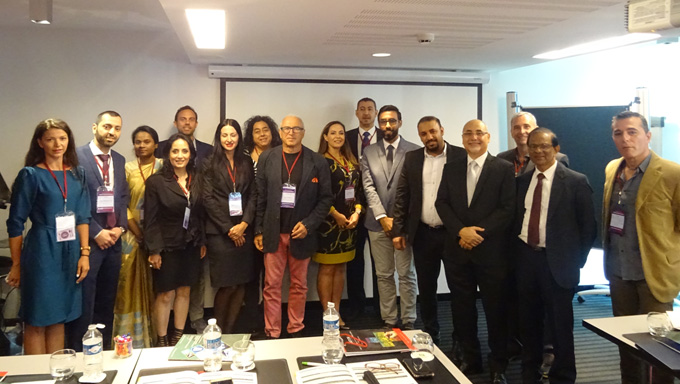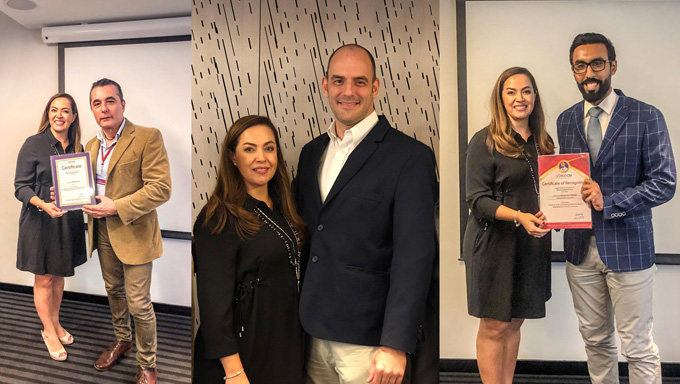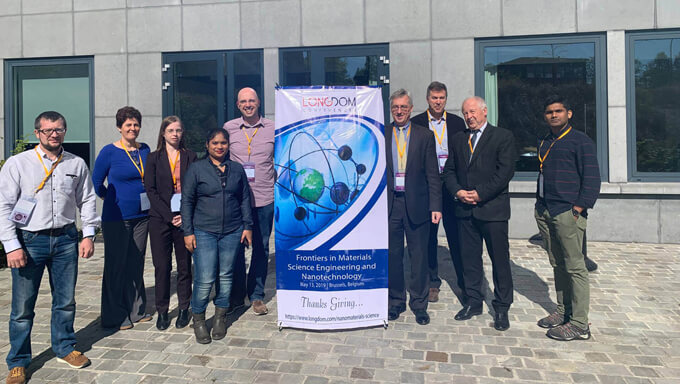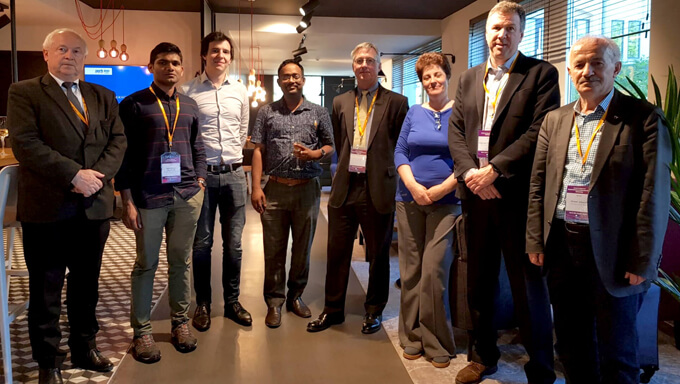







Ankylosing spondylitis is a type of arthritis that primarily affects the spine. The condition can also cause inflammation, pain, and stiffness in other parts of the body, such as the hips, knees, ribs, and shoulders.
A spinal osteotomy is a surgical procedure that involves cutting and reshaping bones to straighten the spine. This procedure may be suitable for people who have a severe spine curvature that causes pain and reduces mobility.The procedure may differ according to the location of the spinal curve and the bones that the surgeon needs to operate on.
Spinal fusion surgery involves fusing two or more vertebrae. This procedure can help to alleviate pain caused by mechanical pressure between the vertebrae or between the vertebrae and the spinal cord. It can also help to stabilize the spine.
Bone mass and bone mineral density measure the amount of minerals such as calcium and phosphorus present in a set amount of bone. Osteopenia and osteoporosis are conditions that lead to a loss of bone mass and density, which can increase the risk of bones breaking.
The pace at which the need for hip replacement is rising – estimated using hospital data from a national database – has taken the orthopaedic community by surprise. All previous estimates of future numbers of primary and revision total hip replacements have been way under par.Not only are more adults being affected by osteoarthritis resulting in hip degeneration, but the age at which the need has occurred has declined; more and more under-55-year-olds are getting total hip replacements. And that trend is expected to continue into the future as well.
There is evidence to suggest that Americans with spine problems are worse than ever before.Stress at home and at work, feelings of being out of control of life situations, and self-perceptions were some of the biopsychosocial aspects mentioned at that time. Along with these two new approaches came awareness that treatment at that time was driven by patient complaints, distress and behaviour.
Breaking a bone is a serious complication of osteoporosis, especially with older patients. Osteoporotic bone breaks are most likely to occur in the hip, spine or wrist, but other bones can break too. In addition to causing permanent pain, osteoporosis causes some patients to lose height. When osteoporosis affects vertebrae, or the bones of the spine, it often leads to a stooped or hunched posture.
We let our ground-breaking work and our amazing clients speak for us…… LONGDOM conferences